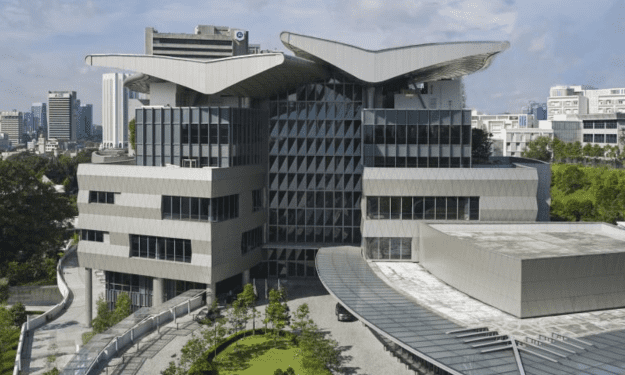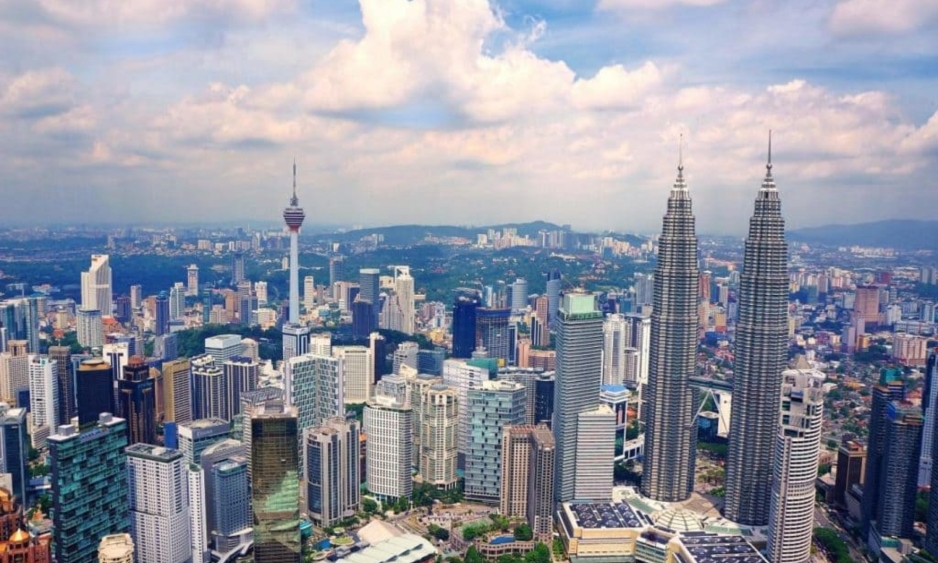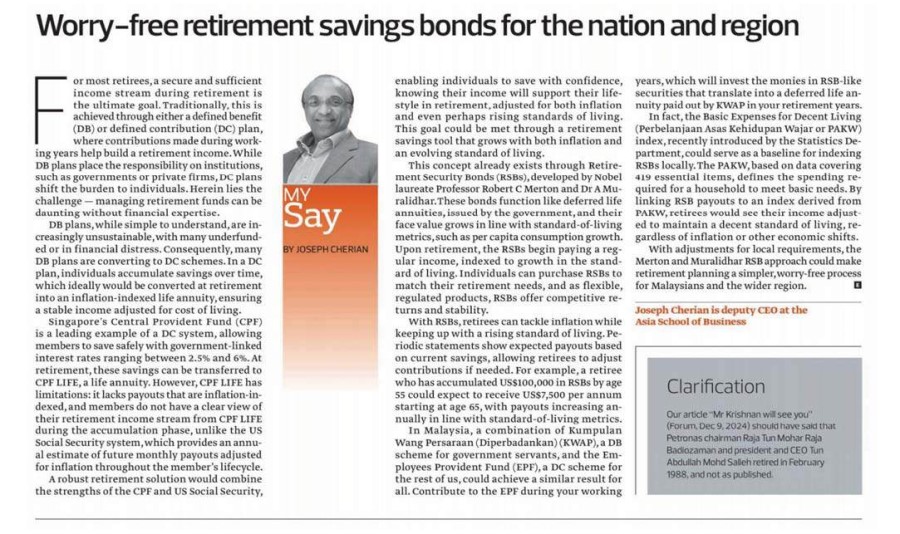The RIA framework is based on an estimated monthly expenditure of RM2,690 (adequate retirement income) for a single elderly person in Klang Valley, as per the Belanjawanku 2024/2025 guide.
Under this framework, someone within the adequate savings tier must have 240 times the adequate retirement income, amounting to RM650,000 (rounded up to the nearest RM10,000).
An individual is advised to have at least RM390,000 (60% of the amount in adequate savings) in the basic savings tier.
Meanwhile, a person in the enhanced savings category must have two times the adequate savings sum or RM1.3mil.
The current basic savings framework, first introduced in 2008, is a single-tier benchmark.
It is currently set at RM240,000 at age 55 and based on the prevailing minimum government pension of RM1,000 per month.
To phase the transition to the new basic savings level of RM390,000 under the RIA Framework, the EPF stated that the basic savings amount will gradually increase by RM50,000 annually over the next three years.
While the three-tiered system is a well-structured approach, Liew points out that its feasibility hinges on multiple factors.
For instance, he noted that the basic savings tier is designed to provide minimum guaranteed income and is feasible if sufficiently financed through EPF savings or government subsidies.
“However, given the statistic that only 36% meet the basic savings level, this tier’s implementation will likely require substantial government intervention or alternative funding sources,” he said.
The EPF also announced that the withdrawal policy for savings above RM1mil will align with the enhanced savings benchmark (RM1.3mil), offering members flexibility in managing their surplus funds.
Like the basic savings level transition, the threshold for this withdrawal will be increased gradually by RM100,000 annually over three years.
The EPF also proposed changes to withdrawals. Under the Members’ Investment Scheme, members can transfer 30% of savings above the basic savings amount in Akaun Persaraan to approved funds managed by fund management institutions.
EPF revealed that as of October 2024, around 36% of active formal EPF members meet the existing basic savings level, which means most Malaysians risk retiring without sufficient funds.
Even so, experts are of the view that although the RIA Framework provides an immediate structural solution, it does not fully address the country’s growing retirement crisis and rising cost of living.
“The framework’s emphasis on flexible withdrawals and voluntary contributions can help, but only if members are financially capable of utilising these tiers effectively.
“Without systemic reforms such as mandatory higher contributions, improved financial literacy or government-backed supplementary pensions, the framework risks being a temporary fix rather than a sustainable solution,” Liew cautioned.
To this end, Asia School of Business deputy CEO and practice professor of Finance Prof Joseph Cherian said achieving the desired or target income level in retirement depends on having a sufficiently long savings runway and ensuring that income adequacy is maintained throughout.
This is something that requires careful planning, disciplined savings and strategic management of financial resources over time.
“Ideally, the retirement payouts under the RIA Framework should be indexed to inflation, the cost of living, or the standard of living – whichever is most relevant to ensure financial security in retirement.
“However, this alone may not be sufficient. The government should also consider incorporating a form of tail risk insurance within the framework, such as longevity risk coverage via the EPF,” he said.
For example, if an individual lives 20 years beyond their planned retirement period, they risk exhausting their savings.
To address this, the RIA Framework should be structured as a life annuity rather than a term annuity, ensuring lifelong income security.
Furthermore, Cherian said there is also a strong need for a needs-based social security scheme to support those who may lack adequate savings or income, thereby addressing the issue from a holistic perspective.
On the positive side, Bank Muamalat Malaysia Bhd chief economist Mohd Afzanizam Abdul Rashid said the new framework will nudge policymakers to focus on how the country would elevate the salary and wages among the workers through education and training.
Mohd Afzanizam opined the new roll out reflects EPF’s efforts to promote granularity in setting the right benchmark in having a comfortable level of funds when a person retires.
“It would also give the members a sense of urgency to build their retirement coffers by being more judicious whenever they plan to withdraw their money from EPF,” he said.
He said the government would need to ensure the country is competitive whereby the system will reward those who work hard and bring about greater productivity and profitability. He is of the view that the new yardstick would serve as a guidance in enabling the country to avert a retirement crisis.
On the other hand, Economist Geoffrey Williams said the income requirements in the RIA framework are higher and appear more in line with estimates from Bank Negara and the Statistics Department.
“The striking aspect from the announcement is that the required savings show how difficult it will be for millions of people to achieve the target.
“For example if a person has no savings now and is 40 years old, he will struggle to get to the required RM390,000. If you are 50 years old it will be almost impossible to get there. You would need to save almost RM3,250 per month whereas the median wage is RM3500 for that age. So you need to save almost everything you earn,” he said.















